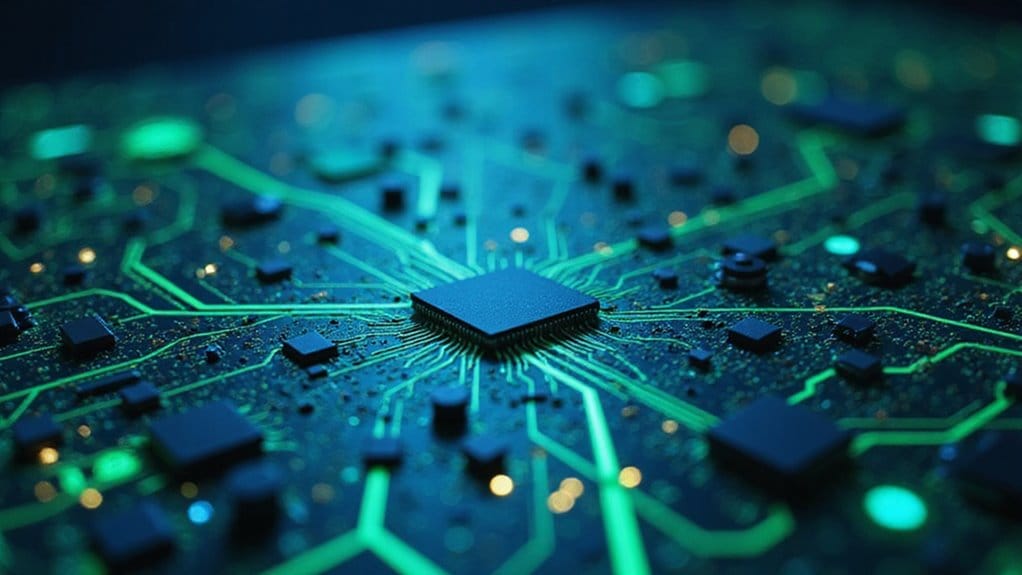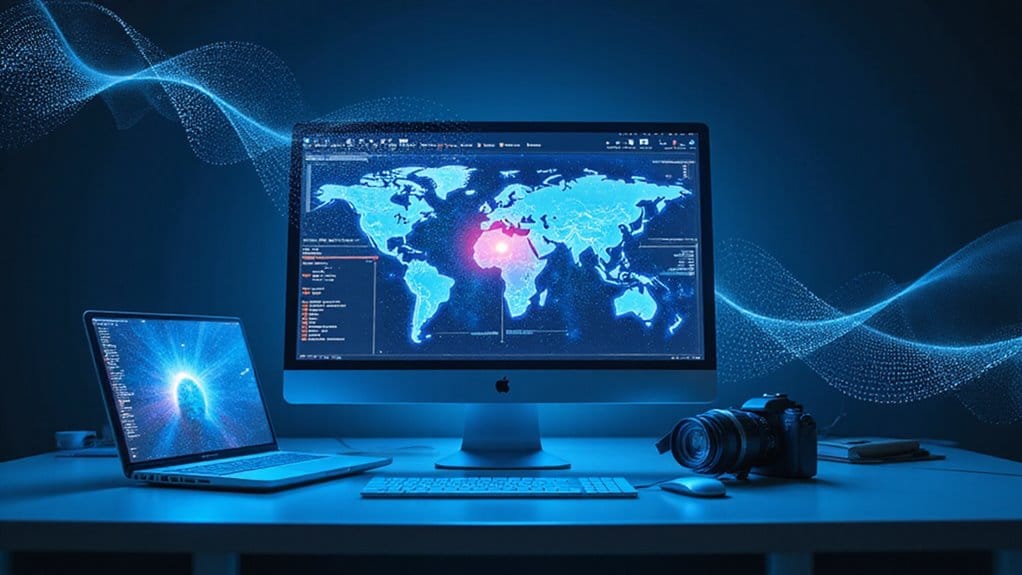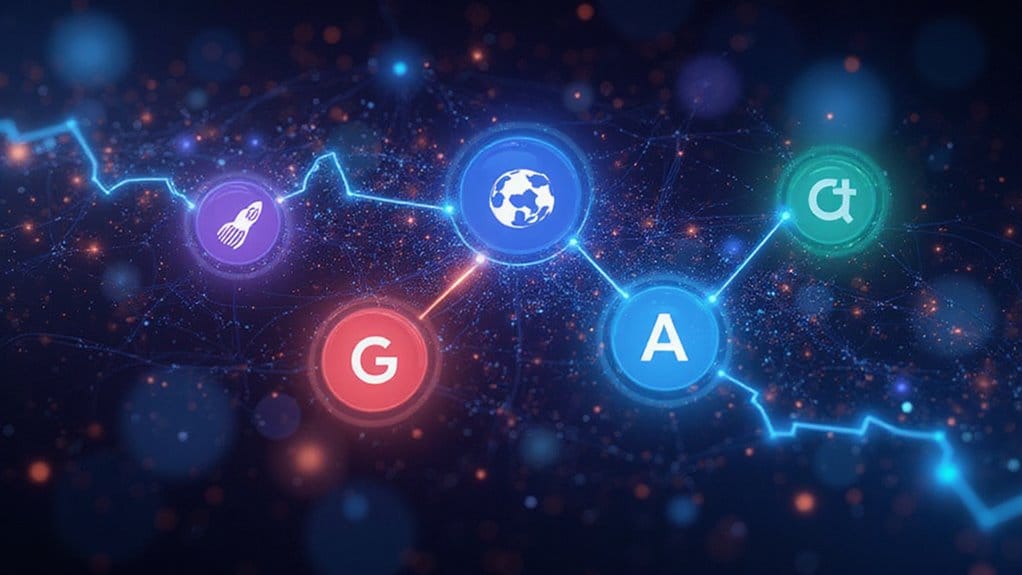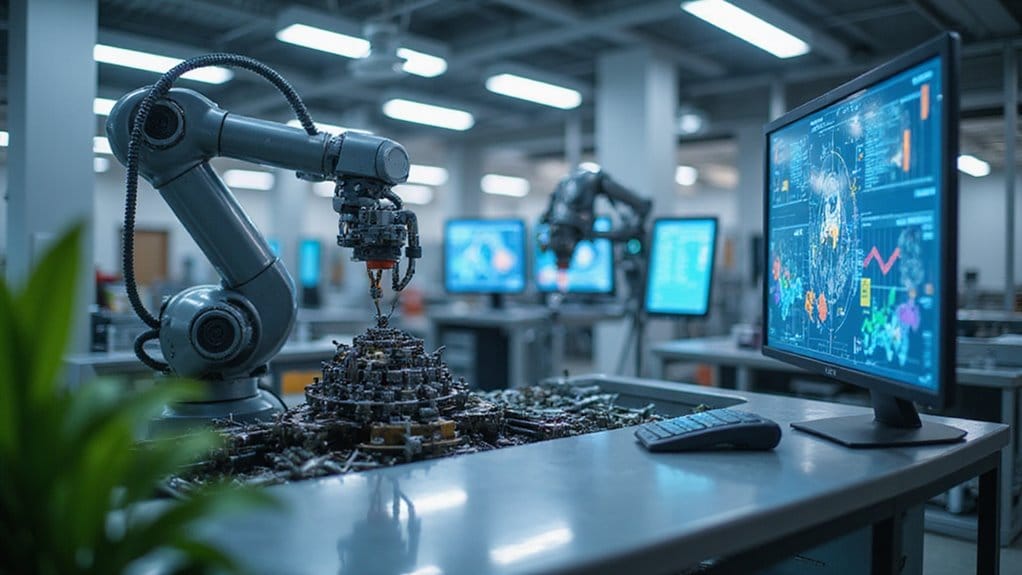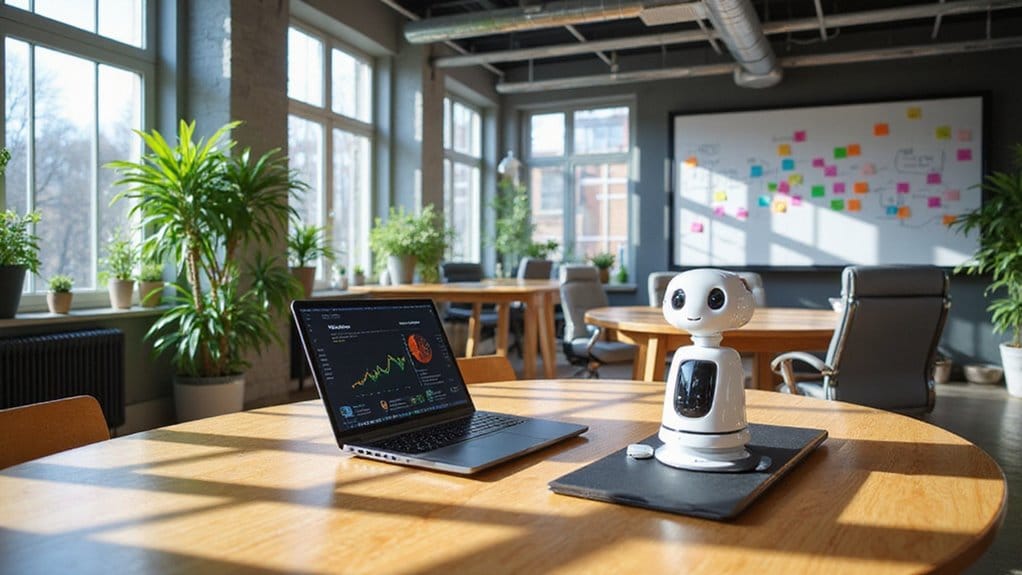AI’s evolution is a wild ride! It started with Alan Turing’s brainy ideas in the 1950s, then bumped into chatbots like ELIZA in the ’60s. Fast forward to Deep Blue crushing chess champ Garry Kasparov in ’97. Today, AI is everywhere—from smart assistants in your kitchen to deep learning transforming healthcare. But beware! With great power comes great responsibility. Want to know how AI continues to shape our reality? Stick around; the best is yet to come!
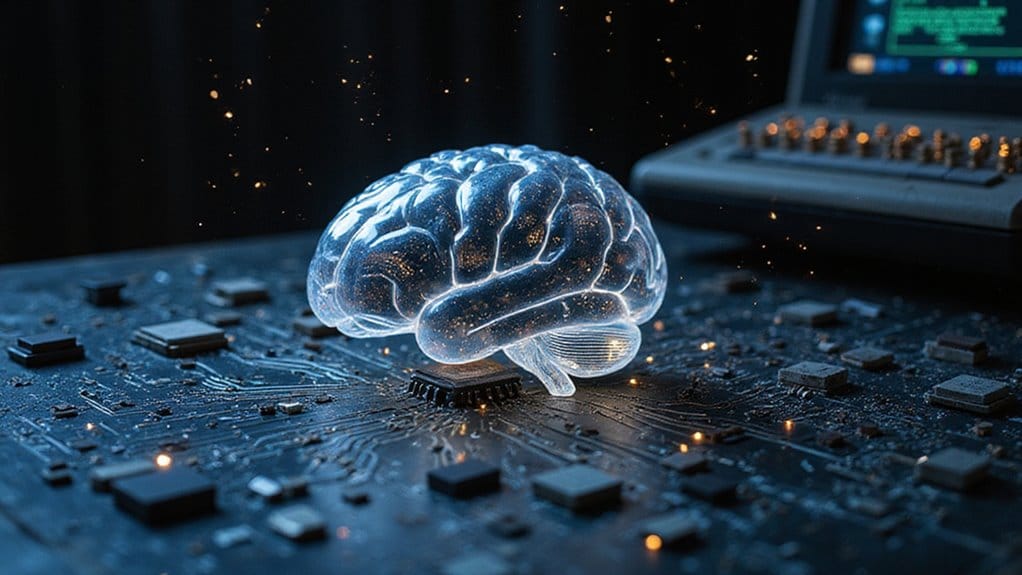
Artificial intelligence has come a long way, and it’s safe to say that its evolution is nothing short of fascinating—and a bit alarming. From the moment Alan Turing proposed his famous Turing Test in 1950, AI has been on a rollercoaster ride of development. Think about it: a machine mimicking human intelligence? Sounds like the plot of a sci-fi movie, but here we are.
Fast forward to the 1960s, when the ELIZA chatbot made waves as the first program that could engage in human-like conversations. If only it had known how much chatting we’d be doing with machines today!
Then there was Deep Blue, the chess champion killer of 1997. It didn’t just play chess; it made history, showcasing the capabilities of supercomputers in AI.
Deep Blue wasn’t just a chess computer; it redefined the boundaries of AI, making history one move at a time.
But let’s not forget the rise of machine learning, a game changer in the 1990s. This shift towards data-driven approaches allowed AI to learn from experience. With cognitive computing, machines began to understand and process human language, paving the way for smarter interactions. No more robotic responses; we’re talking about algorithms that get better with every chat, thanks to advancements like GPT-3 and GPT-4. Natural Language Processing is a key technique enabling these interactions to feel more human-like. Additionally, the integration of AI technologies often follows a predictable maturity curve, allowing organizations to effectively scale their implementations.
The 2010s brought us deep learning, a dazzling method that allows AI to recognize images and patterns with astounding accuracy. Remember AlexNet? It revolutionized image recognition, turning a complex task into something remarkably efficient.
AI isn’t just a lab project anymore; it’s transforming industries. Healthcare? Check. Education? Check. How about your home? Smart assistants are literally in your living room, making your life a little easier—if you can handle the occasional smart-aleck response.
Now, as we stand on the brink of further advancements, it’s essential to stay informed and aware. AI can be a fantastic tool, but it also comes with risks. So, buckle up. The future of AI is here, and it’s brimming with potential—and perhaps a few surprises too!
Frequently Asked Questions
How Does AI Impact Job Markets and Employment Opportunities?
AI is reshaping job markets, folks! Brace for job displacement, especially in clerical and service roles.
But don’t panic! While some jobs vanish, others, like machine learning engineers, are booming. Embrace skill transformation!
Upskill or risk being left behind. Yes, it’s tough, but continuous learning is essential. Keep an eye on emerging opportunities, adapt, and remember: the future favors the flexible.
What Ethical Considerations Surround the Development of AI Technologies?
The ethical considerations in AI development are essential, and they demand your attention.
First, tackle bias mitigation; AI can unfairly discriminate if trained on biased data.
Next, guarantee algorithm transparency; if you can’t see how decisions are made, trust evaporates.
Want to avoid a tech disaster? Push for fairness and clarity.
After all, who wants to live in a world where robots are more biased than humans?
It’s time to take action!
Can AI Systems Exhibit Creativity and Emotional Intelligence?
Well, can AI systems exhibit creativity and emotional intelligence?
Well, not quite. While creative algorithms can produce impressive art, they lack true creativity—think of them as fancy copycats.
Emotional recognition? Sure, they can simulate feelings, but don’t expect a heartfelt hug from a robot.
These systems are tools, not artists or friends.
So, use them wisely, or risk losing your own creative spark and emotional touch—yikes!
Proceed with caution, folks!
How Is AI Regulated Across Different Countries?
AI regulations vary dramatically across countries, folks!
The EU has a bold AI Act, while the US is still figuring it out with piecemeal laws.
Canada’s crafting its own guidelines, and China? They’re all about strict oversight.
Each country is trying to balance innovation with international standards and compliance frameworks.
Don’t get lost in the details!
Stay informed, or you might find yourself caught in a tangled web of government policies that could affect you.
What Are the Potential Future Risks of Advanced AI?
Advanced AI poses serious future risks.
Imagine machines making autonomous decisions—sounds cool, right? But wait! These decisions might lead to unintended consequences, like job loss or biased outcomes. You wouldn’t want an AI deciding your fate based on skewed data, would you?

